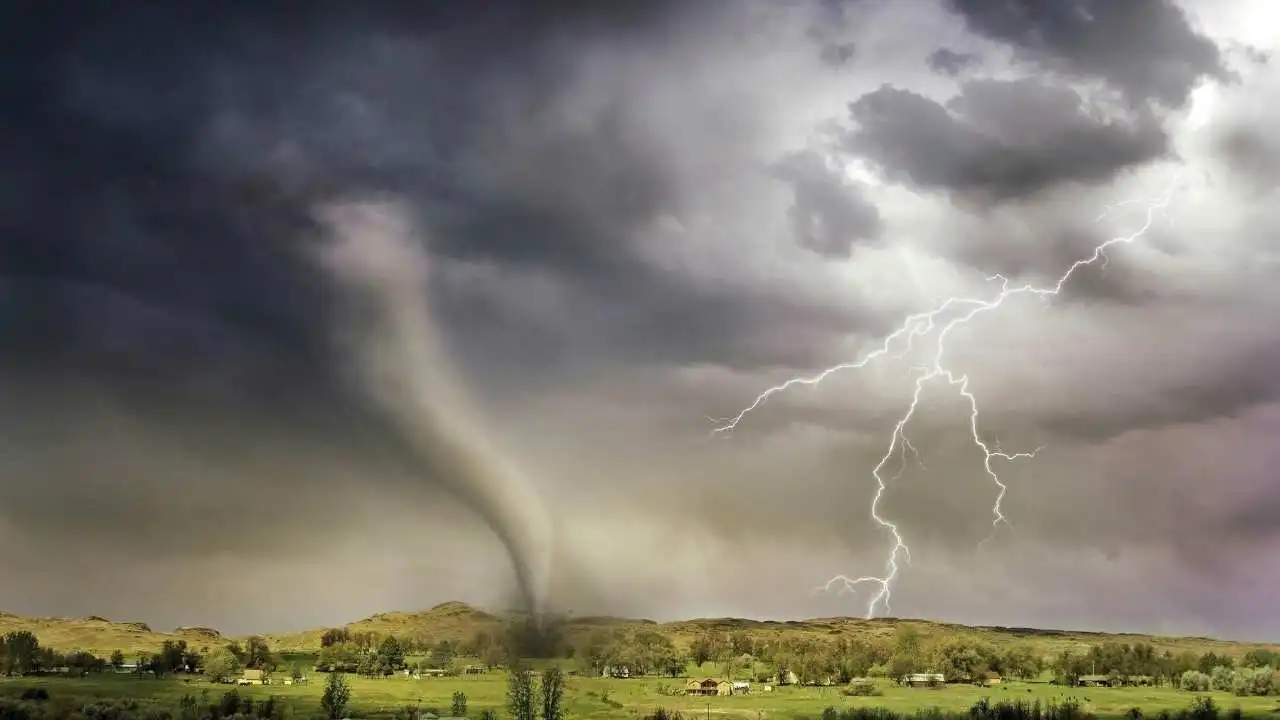As development grows, so does the decline of this songbird that calls Ontario’s Waterloo region home

Population numbers for a migratory songbird that calls Ontario’s Waterloo region home have plummeted over the past 20 years, and housing and other developments built around their habitat may have something to do with it.
Researchers at the University of Guelph (U of G) looked at the bird abundance and nesting success of 70 forest plots in the region 20 years ago, and compared the findings with data they had recently collected from those same locations.
“The first thing we found was that a lot of places where they used to be there weren’t thrushes,” said Karl Heidi, one of the lead researchers who now works for Ontario Breeding Bird Atlas.
According to the Ontario government, the wood thrush lives in mature deciduous and mixed (coniferous-deciduous) forests. While the birds prefer large forests, they also use smaller logs and build nests in living saplings, trees or shrubs.
Heidi said that for their study, they only found the bird in about a third of the 70 woodlots.
“It tells us that the population has declined sharply, which we’ve seen across the bird’s range,” he said.
“These birds also live in the United States in the Appalachians and other parts of the east, and there has been a noticeable decline in those areas over the last 30 or 40 years as well.”
Their research showed that the decline in the number of wood thrush was strongest in locations where buildings and homes had been built around it.
“We recorded a 79 percent decrease in wood thrush in forest fragments that developed around that fragment,” said Ryan Norris, an associate professor in the department of integrative biology at U of G, who was also part of the study.
“If you put houses around a forest fragment, you have a good chance of getting rid of wood thrush in the forest fragment.”
Wood thrush is sensitive to change
Heidi said that unlike robins or cardinals, wood thrushes are sensitive to any kind of change or disturbance around their habitat.
“These migratory birds just don’t adapt very well to change, and you notice when you’re out in the field that they’re more skittish and wary of people than a robin or chickadee.”
He also pointed to increasing changes in wood thrush wintering grounds in Central America and other issues emerging during migration, such as window collisions and urban light pollution, that may be contributing to their decline.
This is reported by the Ontario Ministry of the Environment, Conservation and Parks wood thrush is a species of “special concern”, meaning it is not endangered or endangered, but may fall under a “combination of biological features and identified threats”.
The Department’s website lists forest habitat loss from urban, suburban and cottage development as one of the major threats facing the bird.
Norris and Heidi said the population decline is concerning and they are concerned about the thrush’s future.
“We’re losing bird abundance, but the birds that remain tend to do well in terms of nesting success, but that’s not enough to offset the loss in population size,” Norris said. “It is undoubtedly at risk.”
Heidi feels the same way.
“It’s probably been tens of thousands of years since it first evolved in this region, so to see this kind of decline in what is really a blink of an eye in its history is really alarming.”
Our latest study shows that urbanization in the surrounding landscape negatively impacts the abundance of wood thrushes in forest fragments.
Led by @KarlHeide we investigated the effect of development over a period of more than 20 years on abundance and nesting success. https://t.co/oJk2K41DKm pic.twitter.com/OYlclapnA1
Population shrinkage may have broader consequences
Losing the wood thrush probably wouldn’t affect everyday life, Norris said, but we should care because what happens to this bird probably happens to others.
He said birds play an essential role in the ecosystem and the loss of large numbers could have greater consequences.
“We can’t always predict what will happen because it’s such a complex machine, the ecosystem, but migratory birds are a big cog in that ecosystem.”
With the study now complete, Heidi will travel to the Sudbury area of northern Ontario in the summer to study wood thrush.
This study is just the start of a larger project examining changes in the bird population as a whole in the Waterloo region over the past 20 years.
“Being able to see what the changes were in this region after 20 years of development is really crucial because we had so much historical data, and now we have the current state of things, which is really helpful,” he said.




